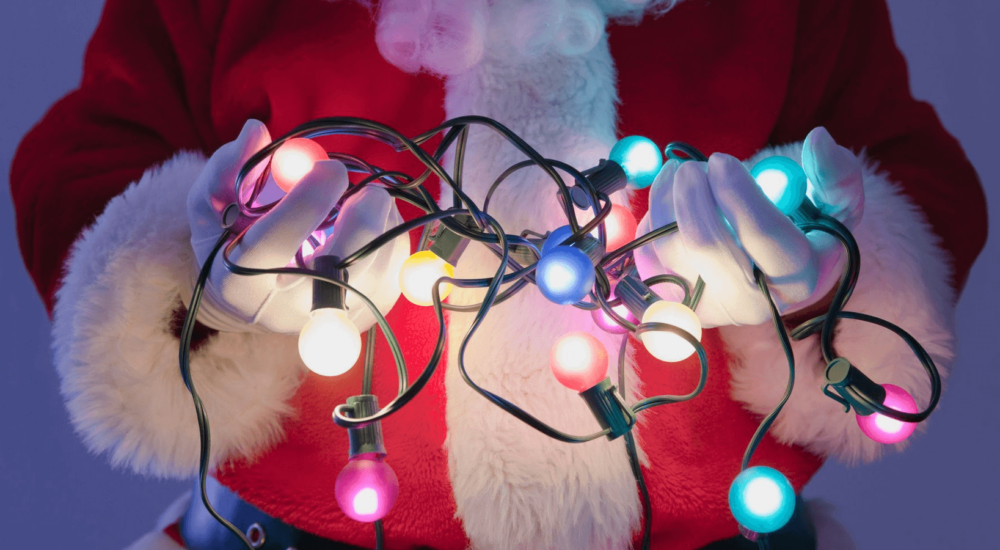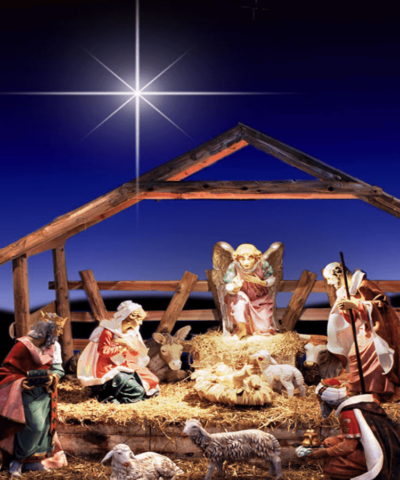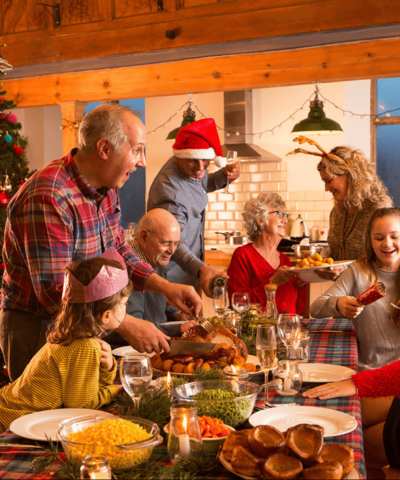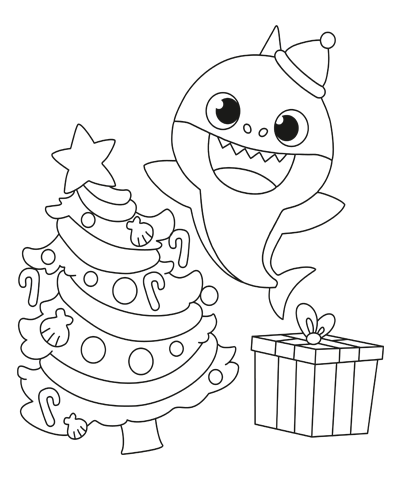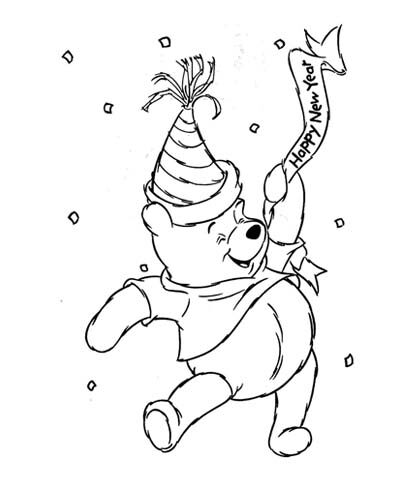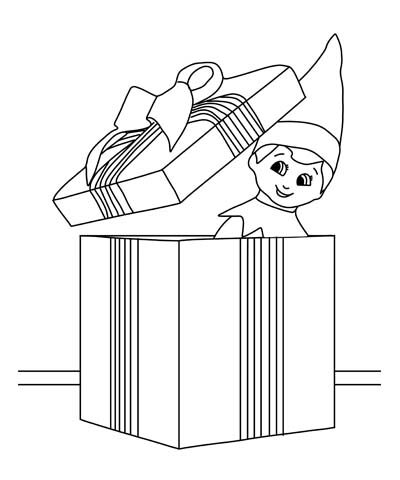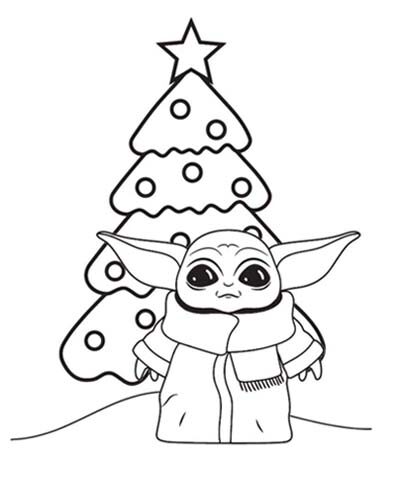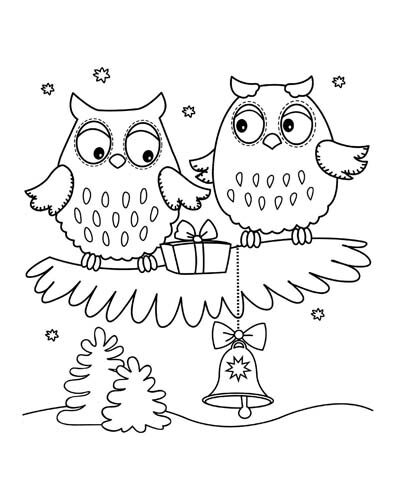Illuminating History: Why Do We Hang Christmas Lights?
The holiday season is never complete without the twinkle and glow of Christmas lights adorning our homes, trees, and streets. But have you ever wondered why we hang them? The history of Christmas lights goes back centuries and is steeped in tradition, symbolism, and innovation.
The Origins and History of Christmas Lights
The tradition of using lights during winter festivals and celebrations dates back to ancient times. For pagans, the winter solstice marked the end of the year and the return of the sun. They would light fires and candles to symbolize the power of the sun and ward off evil spirits during the darkest days of the year.
- The practice of using candles on Christmas trees also began in Germany during the 16th century. People would use small candles to decorate their trees, but it was not until the 19th century that Christmas lights as we know them today were invented.
- The first electric Christmas lights were created by Edward H. Johnson, an American inventor, in 1882. He hand-wired 80 red, white, and blue light bulbs and wrapped them around his Christmas tree. Johnson’s invention inspired others to create safer and more efficient versions of Christmas lights.
- Today, Christmas lights come in various shapes, sizes, colors, and styles. From LED lights to laser projectors, there are countless ways to illuminate your home and spread holiday cheer.
- Christmas lights have come to represent many things over the years. For Christians, the lights symbolize the star of Bethlehem, which guided the wise men to the baby Jesus. They also represent the hope and joy of the holiday season and the promise of new beginnings in the coming year.

Interesting Christmas Facts:
- The first artificial Christmas tree was made in Germany in the 19th century, using goose feathers dyed green.
- The world’s largest Christmas tree was erected in Brazil in 2019. It stood at 279 feet tall and weighed over 500 tons.
- In Iceland, it is customary to exchange books on Christmas Eve and spend the rest of the night reading.
- Santa Claus has many names around the world, including Father Christmas, Kris Kringle, and Saint Nicholas.
In conclusion, the history of Christmas lights is a testament to the ingenuity, creativity, and joy of the holiday season. Whether you prefer classic white lights or colorful displays, they all serve to brighten our homes and our spirits during this special time of year.

